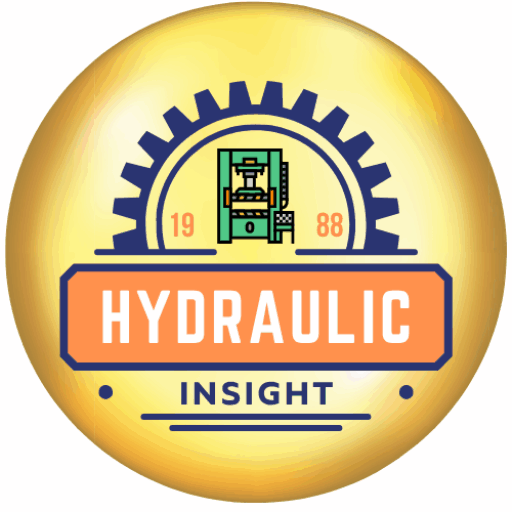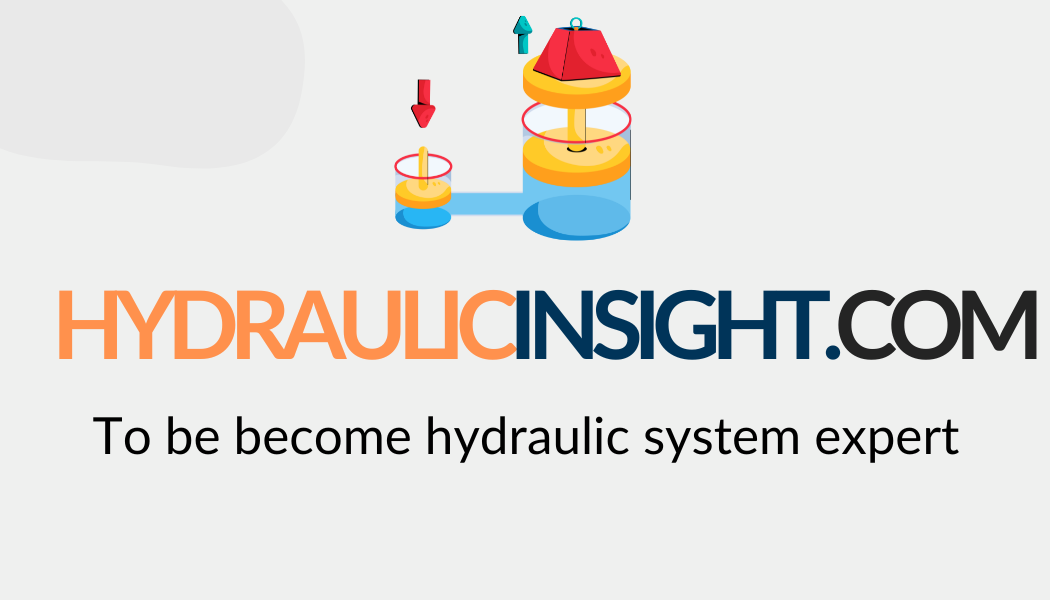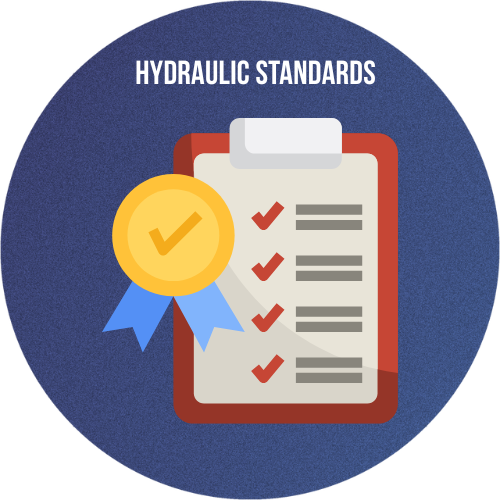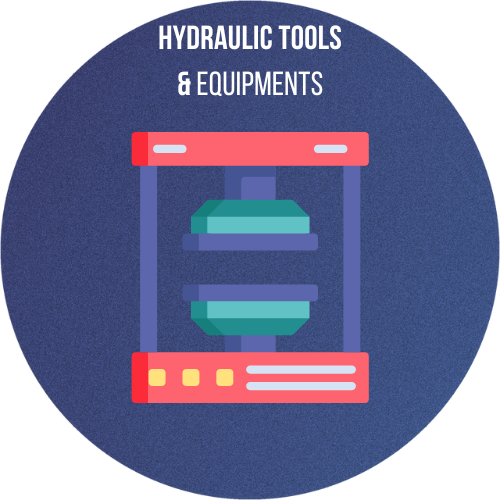Maintenance and Troubleshooting
A properly maintained hydraulic control valve ensures smooth operation, long service life, and system safety. Like all mechanical components, these valves are subject to wear, contamination, and environmental stress, which can degrade performance over time. Establishing a regular maintenance schedule and understanding common problems can prevent costly downtime and extend the life of your hydraulic system.
1. Common Hydraulic Control Valve Issues
Understanding the most frequent problems helps technicians quickly identify and resolve failures. Typical issues include:
A. Leakage
External leakage may result from damaged seals, worn spool surfaces, or improper installation. Internal leakage (between valve chambers) can cause actuator drift or loss of system pressure.
B. Spool Sticking
Contamination, corrosion, or varnish buildup can cause the spool inside a hydraulic control valve to stick. This leads to sluggish or unresponsive operation and can result in dangerous system behavior.
C. Erratic or Slow Response
Air entrapment, incorrect flow settings, or wear in valve components can affect how quickly the valve opens or closes. This can compromise the speed and accuracy of actuators.
D. Pressure Drop
Excessive pressure drop across a valve may be caused by undersizing, blockage, or excessive internal wear, leading to poor actuator performance or pump overload.
2. Maintenance Best Practices
Implementing preventative maintenance for your hydraulic control valve can significantly reduce system failure risk and repair costs.
A. Fluid Cleanliness
Use filters and follow a regular fluid replacement schedule to avoid contamination. Dirty fluid is a leading cause of valve failure due to erosion, clogging, and corrosion.
B. Seal Inspection
Periodically inspect and replace seals or O-rings. Over time, they degrade due to pressure cycling, heat, and exposure to hydraulic fluid.
C. Lubrication
Ensure that moving parts within the valve are properly lubricated to minimize friction and wear. Some valves are internally lubricated by the system fluid, but dry conditions can occur due to low flow rates or system layout.
D. System Pressure Checks
Monitor system pressure regularly to ensure it stays within the valve’s rated limits. Operating outside the range can accelerate wear and increase failure risk.
3. Troubleshooting Tips
When a hydraulic control valve malfunctions, use a systematic approach to isolate the issue:
-
Visual Inspection: Check for physical damage, loose connections, and fluid leaks.
-
Functional Test: Verify actuation (manual, solenoid, or pilot) is working as intended.
-
Pressure Test: Compare actual vs. expected pressure levels at various ports.
-
Bypass Testing: Remove the valve from the circuit and replace it with a bypass to test downstream components.
Document all changes and test results to assist in future diagnostics and reduce troubleshooting time.
4. When to Repair or Replace
Some minor valve issues—like external seal leaks—can be repaired easily. However, if a hydraulic control valve has excessive internal wear, scoring, or repeated failures, replacement is often more cost-effective and reliable in the long term.
Proper maintenance and timely troubleshooting of the hydraulic control valve are key to ensuring the reliability, performance, and safety of any hydraulic system.
Innovations and Trends in Hydraulic Control Valve Technology
As technology evolves across all sectors of engineering and automation, the hydraulic control valve is no exception. While its core purpose—regulating hydraulic flow, pressure, and direction—remains the same, recent advancements have transformed how these valves operate, integrate with systems, and deliver efficiency. The focus has shifted toward smarter, more responsive, and energy-efficient solutions that meet the demands of modern industry.
1. Electro-Hydraulic Valves
One of the most significant developments is the rise of electro-hydraulic control valves, which combine electronic control with traditional hydraulic performance. These valves use solenoids, sensors, and microcontrollers to adjust spool positions precisely in real-time based on system feedback.
Advantages include:
-
Increased accuracy in actuator positioning
-
Remote and automated control via PLCs or industrial networks
-
Simplified system wiring with fewer mechanical linkages
2. Proportional and Servo Valve Integration
Proportional and servo hydraulic valves are now widely used in applications requiring fine motion control, such as robotics, CNC machinery, and aerospace test equipment. These valves adjust flow and pressure proportionally to the input signal, allowing seamless acceleration, deceleration, and load holding.
Trends in this area include:
-
High-response valves for rapid system reactions
-
Closed-loop control with real-time feedback for position or force
-
Digital interfaces like CANbus or Ethernet/IP integration
3. Smart Valves and IoT Integration
Modern hydraulic control valve designs now incorporate sensors that measure temperature, pressure, flow, and position. Combined with IoT connectivity, these smart valves enable:
-
Predictive maintenance through real-time health monitoring
-
System optimization via performance analytics
-
Remote diagnostics and operation from cloud-based dashboards
This trend is particularly useful in large-scale operations such as mining, offshore drilling, and factory automation, where downtime is costly.
4. Compact and Energy-Efficient Designs
Manufacturers are designing hydraulic control valves that are more compact, lightweight, and energy-conscious. Improved internal flow paths reduce pressure drop, which decreases the energy required to maintain flow, thus improving system efficiency.
Advancements include:
-
Low-leakage designs to prevent power loss
-
Integrated manifolds to reduce tubing and connections
-
Valves with energy-saving standby modes
These innovations ensure that the hydraulic control valve continues to evolve alongside digital transformation, offering engineers more control, better diagnostics, and improved system performance across various industries.
Conclusion
The hydraulic control valve is an essential building block in fluid power systems, enabling the safe and precise movement of machinery across countless industries. From controlling actuator direction and speed to regulating pressure and flow, these valves are fundamental to the performance and reliability of everything from industrial automation systems to heavy-duty construction equipment.
As we’ve explored, there are many types of hydraulic control valves—directional, pressure, flow, and proportional—each with its own function, advantages, and best-fit applications. Understanding how these valves work, what selection criteria to follow, and how to maintain them ensures a longer system lifespan and minimizes downtime due to failures or inefficiencies.
Advancements in valve technology have also brought new opportunities for improved control, automation, and diagnostics. Smart systems now feature sensors, real-time feedback, and digital control interfaces, making today’s hydraulic control valve far more capable than its predecessors. These innovations contribute to enhanced safety, energy efficiency, and system adaptability in modern hydraulic applications.
Choosing the right valve requires careful evaluation of system requirements, environmental conditions, and long-term operational goals. Regular maintenance and proactive troubleshooting further ensure consistent performance and protect your investment in hydraulic equipment.
Whether you’re designing a new system or maintaining an existing one, having a strong grasp of how hydraulic control valves function and interact with other components is a critical skill for engineers, technicians, and operators alike. As hydraulic systems continue to evolve, staying informed about new valve technologies will help keep your operations at peak performance.
What Are Hydraulic Valves?
What Is a Hydraulic Press Machine ?


 HYDRAULIC BASICS
HYDRAULIC BASICS  HYDRAULIC COMPONENTS
HYDRAULIC COMPONENTS  HYDRAULIC SYSTEM
HYDRAULIC SYSTEM  HYDRAULIC SYMBOLS
HYDRAULIC SYMBOLS  HYDRAULIC STANDARDS
HYDRAULIC STANDARDS  HYDRAULIC CALCULATORS
HYDRAULIC CALCULATORS  HYDRAULIC TOOLS
HYDRAULIC TOOLS  BUYER’S GUIDES
BUYER’S GUIDES 





